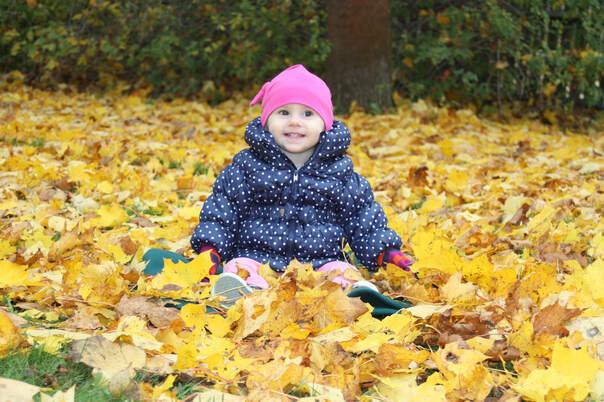|
When the leaves start falling off of the trees, you know it's soon time to also fall back an hour with the clocks for daylight savings time.
Our body’s circadian rhythm has a strong influence on our sleep and wake times. As adults we most likely are trying to pay off some sort of sleep debt so, when the clock falls back, we are happy to gain more time in bed (as long as we actually go to sleep at our normal time the night before)! But if you have young kids this change can take time for their bodies to adjust to the new times. To help minimize chaos that the time change can cause in a house with young kids, you can to start adjusting their internal clocks a couple of days before the actual time change. To do this, start nap and bedtime 15 - 30 minutes later until the time change and 15 - 30 minutes earlier two days afterwards. There will be some adjustment time for up to a week but by splitting the time makes the change easier by avoiding too much overtiredness with a full hour change. *For younger babies, 6 to 12 months, adjust the time by 15 minutes every two days until the schedule is back to normal. Older babies can handle the 30 minute change.* If you don't make any changes before the time change, no worries! Just follow the advice below! Naps Before the time change, nap time is normally at 9:00 am After the time change, you’ll fall back 30 minutes and nap will be at 8:30 am (since it is actually 9:30 am in the body) Bedtime Before the time change, bedtime is normally at 7:00 pm. After the time change, you’ll fall back 30 minutes and bedtime will be at 6:30 (since it is actually 7:30 pm in the body) Stick to these times for three days and then go back to your normal times according to what the clock says. Need more guidance about helping your baby sleep? Use the Happy Sleeping Baby book which has everything you need to know about sleep! Learn more here. Or visit the Parent Resources page for sample schedules and more tips to help your kiddo sleep! Comments are closed.
|
- ABOUT
- Books
- Sleep Services
-
Parent resources
- Awake WIndows and Naps
- Newborn Awake WIndow
- Milestones and regressions
- Understanding Baby Sounds
- Baby Sign Language
- Example Schedule - Newborn
- Example Schedule - 3 to 6 months old
- Example Schedule - 6 to 8 months old
- Example Schedule - 9 to 12 months old
- Example Schedule - 13 months+
- Example Schedule - Toddler
- Blog
- Contact


